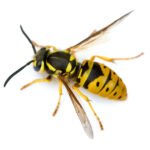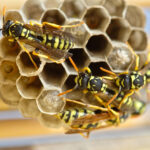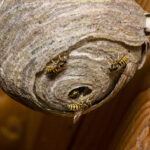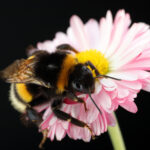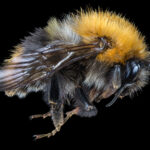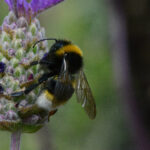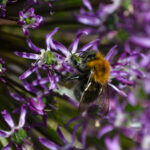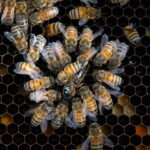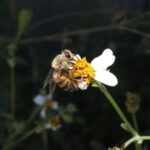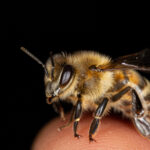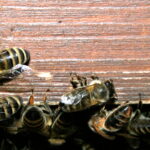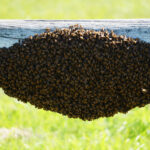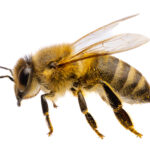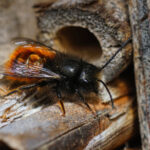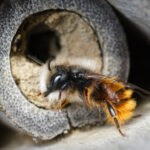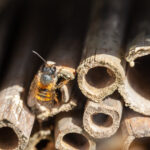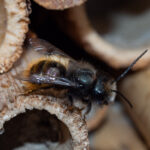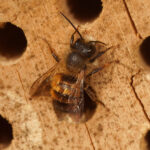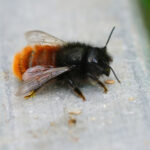Youngs Pest Control
Need Help? Call Us On 0161 776 9832 For Expert Pest Control Advice On How To Identify Pest Infestations And Help Solve Your Pest Problem.
The Difference Between Wasps And Bees
Many individuals in the United Kingdom often need clarification when identifying whether the buzzing creatures hovering around their homes or outdoor spaces are wasps, honey bees, bumblebees, or masonry bees.
So we have put together a simple guide that helps you identify the insects.
Bumble Bees
identifying a bumblebee in the United Kingdom can be an exciting and rewarding experience. Here are a few key features to help you recognize these fascinating insects:
- Size and Appearance: Bumblebees are generally larger and stockier than honey bees, with a more robust body structure. They have a dense hair coat, often black or brown, but can also be yellow, white, or orange. Some species may have distinct bands of colour on their abdomen.
- Colour Patterns: Bumblebees in the UK exhibit various colour patterns depending on the species. Common patterns include black with yellow stripes or bands, yellow with black stripes, or a combination of black, white, and yellow. The specific colours and patterns can help in identifying different bumblebee species.
- Fuzzy Body: Bumblebees have a fuzzy or hairy appearance all over their bodies.
below are a few photos of some species of Bumble bees
Honey Bees
Here are some key characteristics to help you recognize Honey Bees:
- Size and Appearance: Honeybees are relatively smaller compared to bumblebees. They have a slender body structure with distinct body segments. The colour of honey bees can vary, but they are typically a combination of black and golden-yellow, with yellow or amber-brown bands on their abdomen.
- Hair and Body Texture: Unlike bumblebees, honey bees have less hair on their bodies, giving them a sleeker appearance. They have relatively smoother and shinier exoskeletons.
Masonry and Mining Bees
Here are some key characteristics to help you recognize them
- Size and Appearance: Masonry bees, also known as solitary bees, are generally smaller than honey bees and bumblebees. They have a slender and delicate body structures. Masonry bees come in various colours, often black, brown, or reddish-brown shades.
- Hair and Body Texture: Similar to honey bees, masonry bees have less hair on their bodies, giving them a sleek appearance. Their exoskeletons tend to be smooth and shiny.
- Nesting Habits: Unlike honey bees, masonry bees are solitary insects and do not live in large colonies or hives. Instead, they create individual nests in various cavities, such as cracks in walls, gaps in masonry, or even hollow plant stems. Look for small holes or openings in structures where masonry bees may enter and exit.
Wasps
Here are some characteristics to help you recognize UK wasps:
- Size and Appearance: Wasps are typically slimmer and more elongated than bees. In the UK, common wasp species such as the common wasp (Vespula vulgaris) and the German wasp (Vespula germanica) are about 10-15 millimetres long. They have a distinctive black and yellow colour pattern on their bodies.
- Colour Patterns: UK wasps usually have bright yellow and black bands or stripes on their abdomen. The head and thorax are also black with yellow markings. However, it's important to note that not all wasp species have the same colour patterns, and some may have variations in their markings.
- Thin Waist: Wasps have a distinct thin "waist" or constriction between the thorax and abdomen. This feature is more pronounced in wasps compared to bees.
- Smooth and Shiny Body: Wasps have smooth and shiny exoskeletons, lacking the dense hair found on bees. Their bodies have a sleek appearance.
- Nesting Habits: Wasps build nests using paper-like material, which they create by chewing wood and mixing with saliva. Their nests are typically found in sheltered locations like trees, attics, sheds, or underground burrows. Look for nest entrances and observe wasps entering or exiting the nest site.
